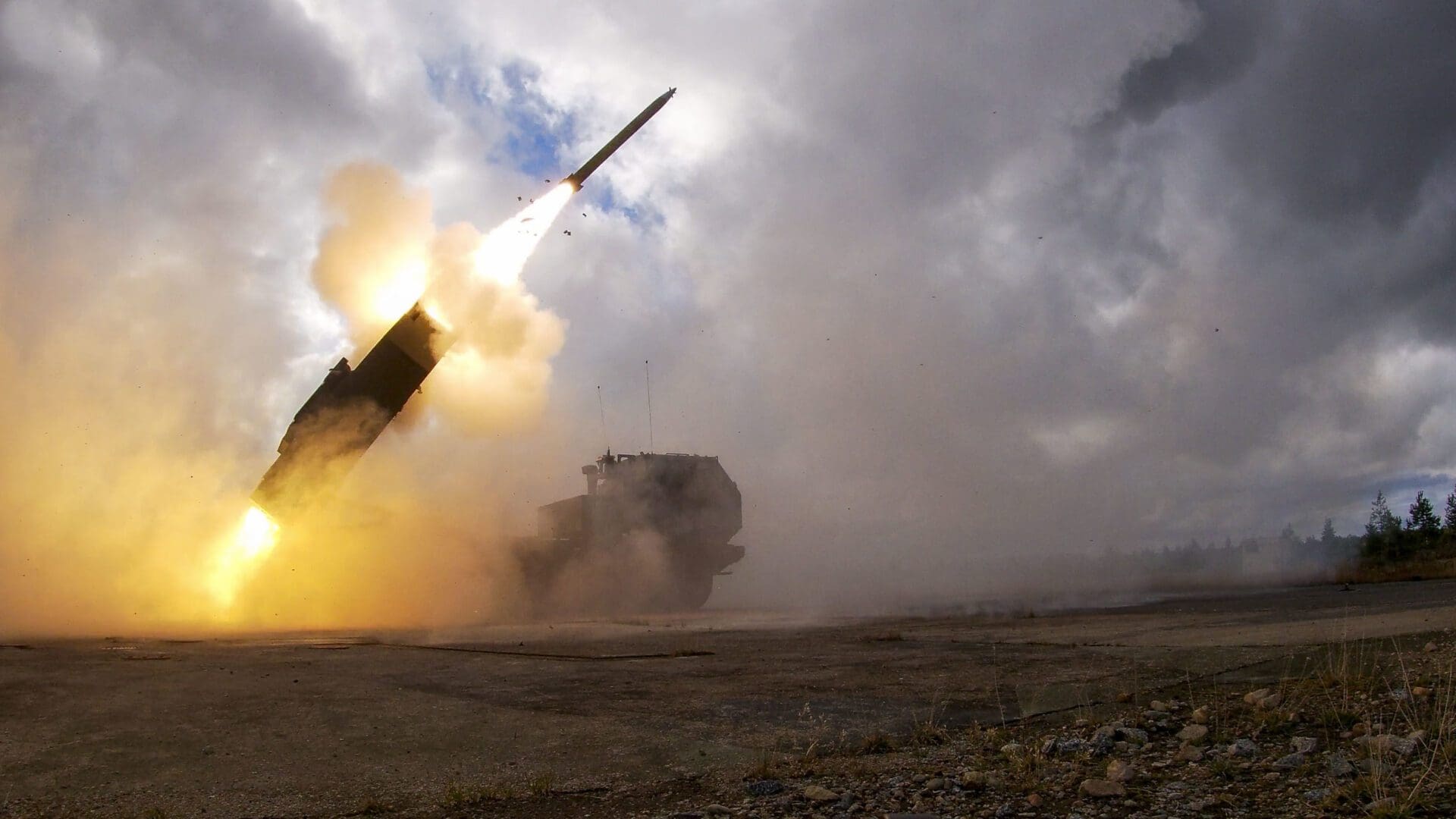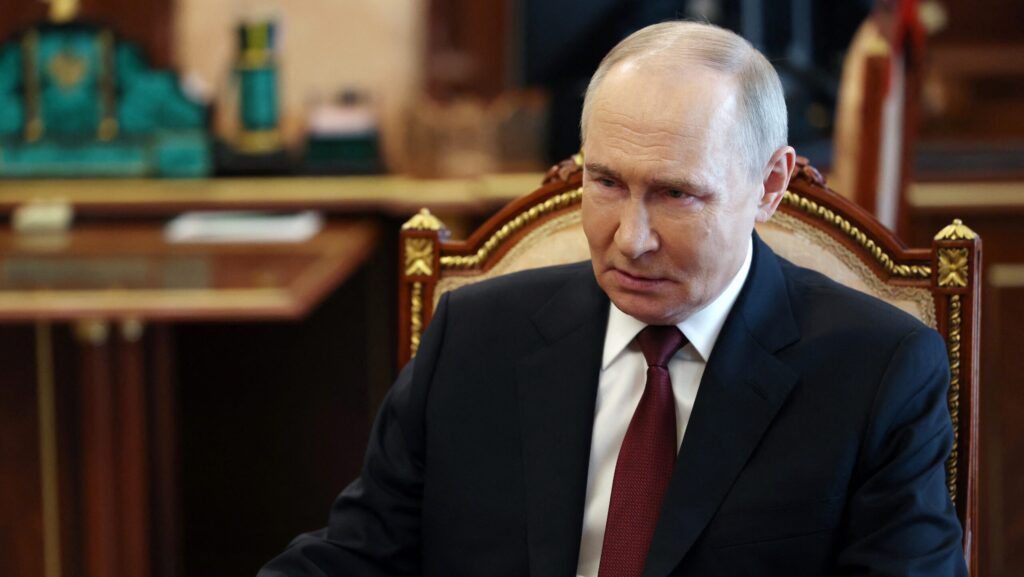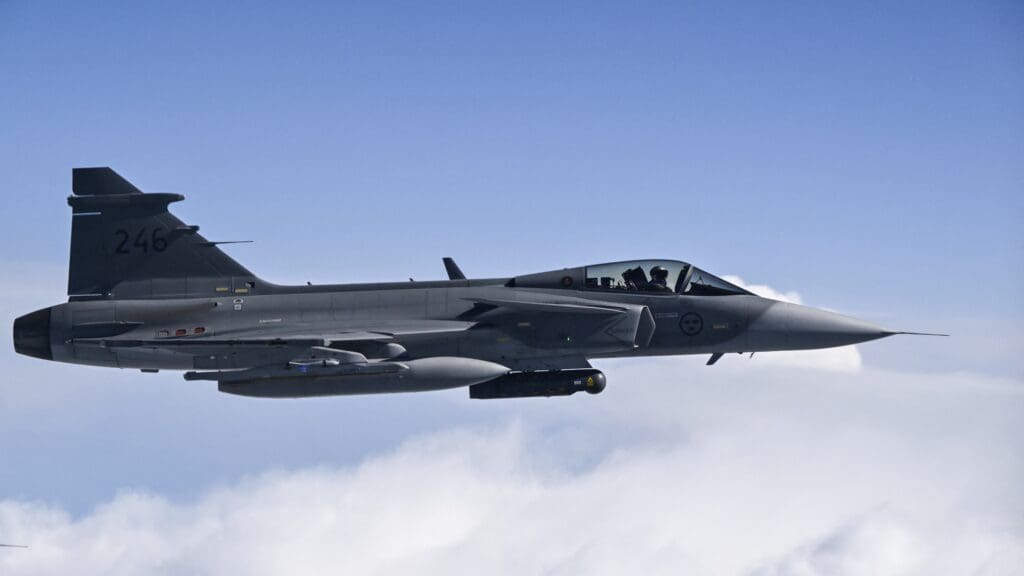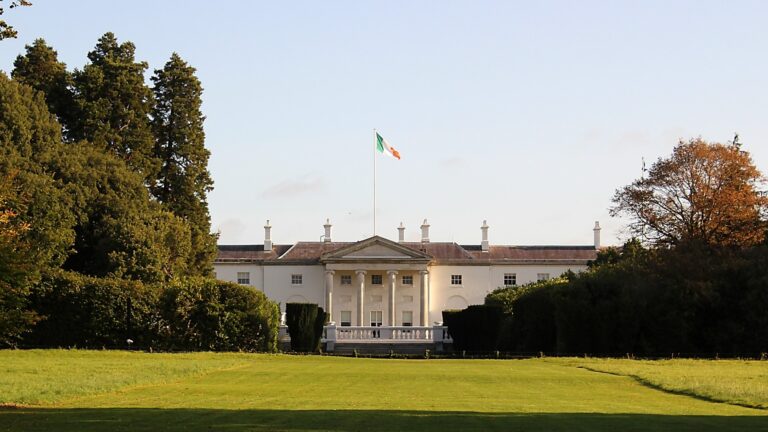Ever since the beginning of the invasion of Ukraine, both Russia and the Western world have set out a number of red lines (i.e., limits on the set of acceptable actions) that their opponents must not cross, or else…In reality, however, both sides’ have kept revising what those limits consist in with remarkable flexibility, and whenever one side was challenged, the boundaries of tolerable actions were pushed further out. On the one hand, since the red lines were not rigid but soft, the conflict has not spiralled into a nuclear war, on the other hand, the war has escalated and has been prolonged.
From Russia’s point of view, both Ukraine and NATO had already crossed a number of red lines before the war started.
Not long before the invasion, in September 2021, when there were already reports of Russia deploying troops to the border, a US Air Force Bomber approached the Russian airspace (without violating it) that was escorted out by Russian fighter jets. The move was interpreted by Moscow as simulating the use of nuclear weapons against the country—or, in other words, the US bombers tested Russian reaction to threats even before the invasion officially began. A couple of months later, when Putin announced the invasion, he warned that any Western interference in Ukraine is considered a red line for the Kremlin. Completely disregarding these warnings, the Western world did supply Ukraine with ammunition, financial aid and ultimately with weapons—not only testing, but openly violating the rules of the game as outlined by Moscow. After this first set of boundaries was crossed, the Kremlin rhetoric on red lines changed, and the imposition of sanctions was presented as a limit on actions—the restriction on energy imports and a series of other sanctions were all described by Russia as boundaries crossed.
Once a series of sanctions were accepted against Moscow despite the Russian warning, the Kremlin again adapted and shifted its boundaries further out. Now the protection of Russian lands (including Crimea) became the core of the Kremlin’s rhetoric. Soon, however, Russia’s territorial integrity also came under threat. The US decided it would supply Ukraine with HIMARS (rocket launchers with the potential to reach Russia from Ukrainian territories), but it forbade Kyiv to use the system to target objects inside the Russian Federation. Thus the US tested Moscow’s patience and willingness to react by supplying Ukraine with the technology that has the capability to threaten Russian territories but restricting Kyiv from actually crossing that red line. After the test proved successful, with Moscow refraining from a direct response, attacks on Russian soil were carried out. One of the drone attacks on the Engels military airbase left three Russian soldiers dead 300 miles away from the Ukrainian border in Russia. The Russian city of Belgorod (near the Ukrainian border), a logistical hub in Bryansk, and most crucially, the explosion on the Crimean bridge were all acts of aggression conducted against targets located in Russian territory.
The West has been gradually pushing the boundaries with arms deliveries. While initially, European countries insisted on sending only defensive weapons to Ukraine, as the war gradually escalated, in late January 2023 first the United States and then Germany agreed on sending tanks (Abrams and Leopards) to Ukraine.
By now, it appears that not even F16 fighter jets are off the table.
The strictest standard, set by international law, however, was violated not by the Western world but by Moscow when invading Ukraine, a sovereign country. When this major red line was crossed, there were consequences: Russia was practically unanimously condemned and sanctioned by the Western community—although certainly not by the majority world. However, when further, both moral and legal norms were completely disregarded by Moscow, else then media outrage, no serious repercussions were faced by Russia. The alleged massacre in Bucha as well as the mass graves in Izyum, not to mention the bombing of the theatre in Mariupol, torture, rape and other acts of violence against civilians, all went without concrete retaliation. The reckless military actions that risked the safety of the Zaporizhzhia nuclear power plant are also on the list of standards Russia violated. Indiscriminate and disproportionate attacks as well as the use of thermobaric weapons, which Russia openly admitted, are all similarly serious transgressions.
The long list of possible war crimes aside, Russia also crossed another set of red lines when it evaded sanctions and started to trade with Iran and North Korea. It is known that Russia has purchased military equipment from both countries. The actions of the infamous Wagner Group, also involved in the transactions with North Korea and Iran, and recently labelled a ‘transnational criminal organisation’ by the US, as well as the Group’s attempts to recruit volunteers in Serbia were all deemed outrageous by the Western community.
In the meantime, Moscow is repressing its own population, including with a censorious media law that limits the freedom of speech, the shutting down of Russian free media and cracking down on every remaining opposition group in the country. But paradoxically, as genuine information about the losses suffered does not reach most of the population, and because of the the sanctions and boycotts ordinary Russian citizens face, support for the war and Putin is not on the decrease at all.
Despite numerous threats from the Kremlin, the West’s repeated crossings of red lines has not lead to a nuclear war. On the one hand, the constant violation of boundaries by both sides, without provoking a major retaliation, suggests that neither is particularly interested in the conflict spiralling into a nuclear confrontations. Nevertheless, it is also important to highlight that all these transgressions do carry the risk of Moscow resorting to the use of tactical or even strategic nuclear weapons. Even putting the risk of that aside, what the gradual shift in the set of acceptable actions did achieve was
the slow but steady escalation and prolongation of the war.
In hindsight, it seems that Russia started the war in the hope of a quick victory. That is why initially it did not target the critical infrastructure of Ukraine. As that easy victory did not materialise, also because the West chose to crossing Russia’s red lines and began to supply weapons to Kyiv. Russia switched to targeting Ukrainian infrastructure. It not only deprived millions of citizens of electricity and heating, and inflicted almost irreparable economic damage on the Ukrainian economy, but also pushed the United States into a position where Washington felt it had no choice but to supply Kyiv with more sophisticated air defence. In turn, the sophisticated weapons Ukraine now has access to will probably force Russia to send more troops into combat and/or use more devastating weapons against Ukraine. In short, slowly but surely, as the two sides reacted to each other’s actions, the war escalated and has protracted, with an end nowhere in sight.
As long as public discourse in the West continues to focus on what other military technology to supply to Ukraine and how to sanction Russia, this conflict will never come to an end. To every new weapon we send to Ukraine and every new sanction we levy on Moscow, the Kremlin will react with another military step which will make the war spiral into unthinkable nightmare. Instead of crossing one red line after the other, hoping that it will not provoke a nuclear response, we should start thinking about how to achieve peace.








